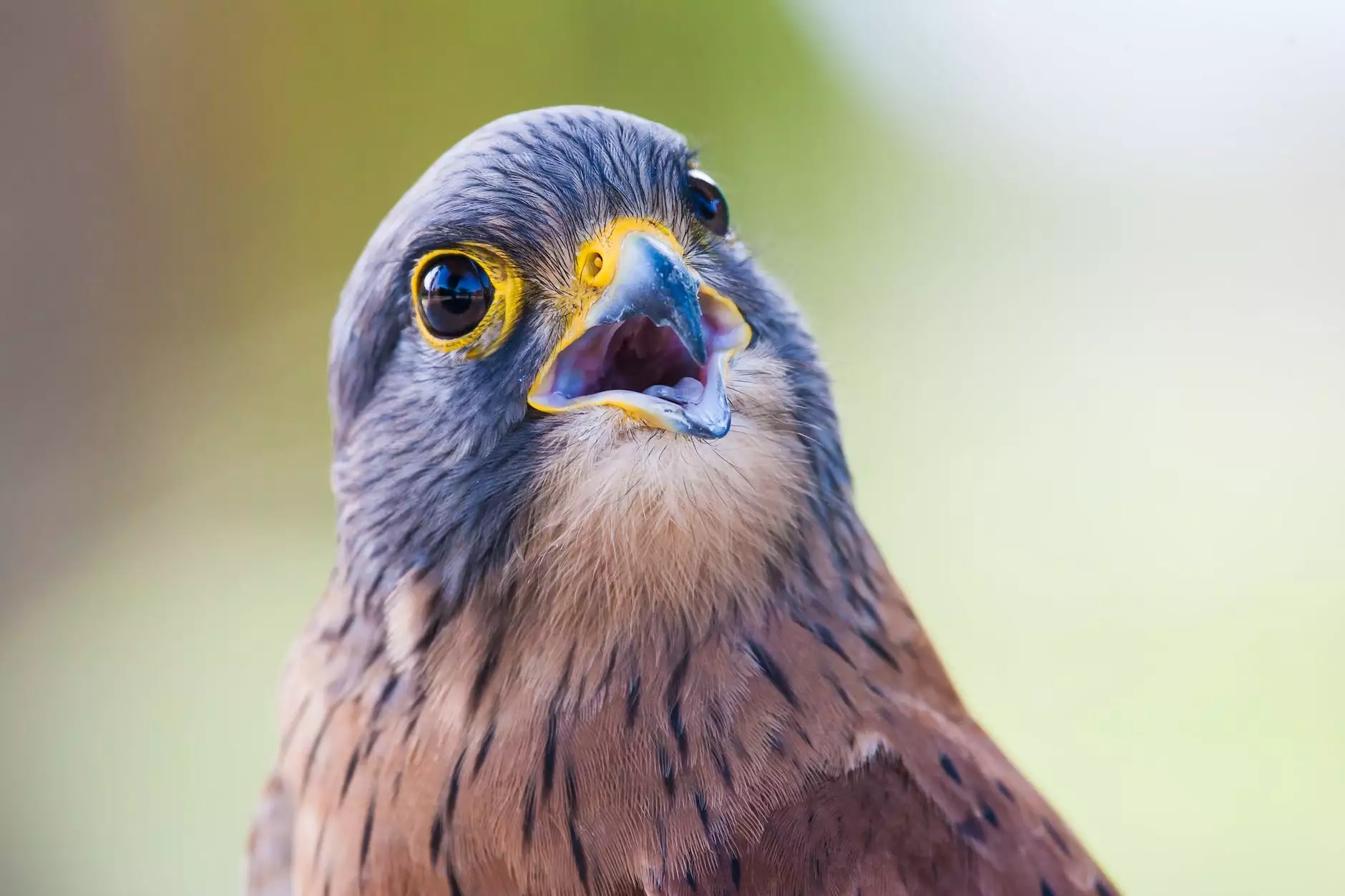How Sharp are an Eagle's Eyes?
Environment
Discover the Extraordinary Vision of Eagles
On this episode of Nevada Business Chronicles, we delve into the fascinating world of eagles and explore the incredible power of their eyesight. These magnificent creatures have long captivated our imaginations with their majestic flight and keen hunting abilities. Let's dive into the details and discover just how sharp an eagle's eyes truly are.
The Remarkable Visual Acuity of Eagles
When it comes to visual acuity, eagles are unrivaled in the avian world. Their eyes are specially adapted to provide exceptional clarity and precision, allowing them to spot prey from incredible distances. In fact, an eagle's eyesight is estimated to be about four to eight times stronger than that of a human.
Eagle Eye Anatomy and Adaptations
To understand the exceptional vision of eagles, we must first explore their unique eye anatomy. Eagles possess large, highly sensitive eyes that are perfectly suited for their predatory lifestyle. Additionally, they have a higher number of light-sensitive cells called cones, which are responsible for detecting color and fine details.
Another remarkable adaptation is their ability to see ultraviolet (UV) light. While humans can only perceive a limited range of colors, eagles can see UV light, which opens up a whole new world of visual information for them. This allows them to spot patterns on other animals, track their prey effectively, and navigate their surroundings with unparalleled accuracy.
Visual Range and Clarity
One of the most astounding aspects of an eagle's vision is its ability to see with incredible clarity over vast distances. Thanks to their exceptional visual range, eagles can spot small prey from heights of up to 1,000 feet in the air. Their sharp eyesight allows them to discern even the tiniest movements, giving them an advantage during hunting.
Furthermore, eagles possess a wide field of view, enabling them to monitor their surroundings for potential threats or opportunities. Their ability to quickly assess and analyze their environment is essential for their survival in the wild.
The Role of Eagle Vision in Hunting
Eagles rely heavily on their superior eyesight for successful hunting. Their sharp vision allows them to locate prey from great distances and plan their attacks with precision. Even in the vast expanse of the sky, eagles can spot small targets, such as fish swimming beneath the water's surface.
Once prey is spotted, eagles can focus their eyesight with extraordinary precision. Their eyes automatically adjust to maintain clarity, even when diving at high speeds. This remarkable adaptation ensures that they can maintain a clear view of their target, guaranteeing a successful hunt.
Tracking Moving Prey
As agile predators, eagles are adept at tracking and capturing fast-moving prey. Their eyes can lock onto moving targets, maintaining focus and calculating the speed and trajectory with astonishing accuracy. This advanced tracking ability allows eagles to swoop in and seize their prey with exceptional precision, even in the midst of challenging flight patterns.
Spotting Camouflaged Prey
Camouflage is a common defense mechanism employed by many animals, making them difficult to spot in their natural habitats. However, eagles' exceptional eyesight enables them to see through such disguises. Their ability to perceive UV light helps them distinguish patterns and colors that are otherwise invisible to the human eye. By detecting subtle variations and irregularities, eagles can locate well-camouflaged prey and increase their chances of a successful hunt.
Preserving and Protecting Eagle Populations
Understanding the awe-inspiring vision of eagles also highlights the importance of conserving and protecting these majestic birds. As human activities continue to impact their habitats, it is crucial to prioritize their preservation to ensure their survival for future generations to marvel at their extraordinary visual abilities.
Advancements in Research and Conservation Efforts
Scientists and conservationists are continuously working to better understand eagles and their visual capabilities. Ongoing research helps us appreciate the intricate mechanisms behind their eyesight, paving the way for targeted conservation efforts and creating awareness about the vital role eagles play in maintaining ecosystem balance.
Conservation efforts focus on preserving and restoring eagle habitats, mitigating threats such as habitat loss, pollution, and illegal wildlife trade. By supporting these initiatives, we can contribute to the long-term survival of these magnificent creatures and protect the extraordinary vision that sets them apart.
Conclusion
The awe-inspiring vision of eagles showcases the extraordinary capabilities of these majestic birds. Their acute eyesight, with its remarkable adaptations and unrivaled visual acuity, allows them to navigate the skies, spot prey from astonishing distances, and execute precise and successful hunts. Understanding and preserving the unique visual abilities of eagles is essential for maintaining the delicate balance of our ecosystems and appreciating the wonders of the natural world.




